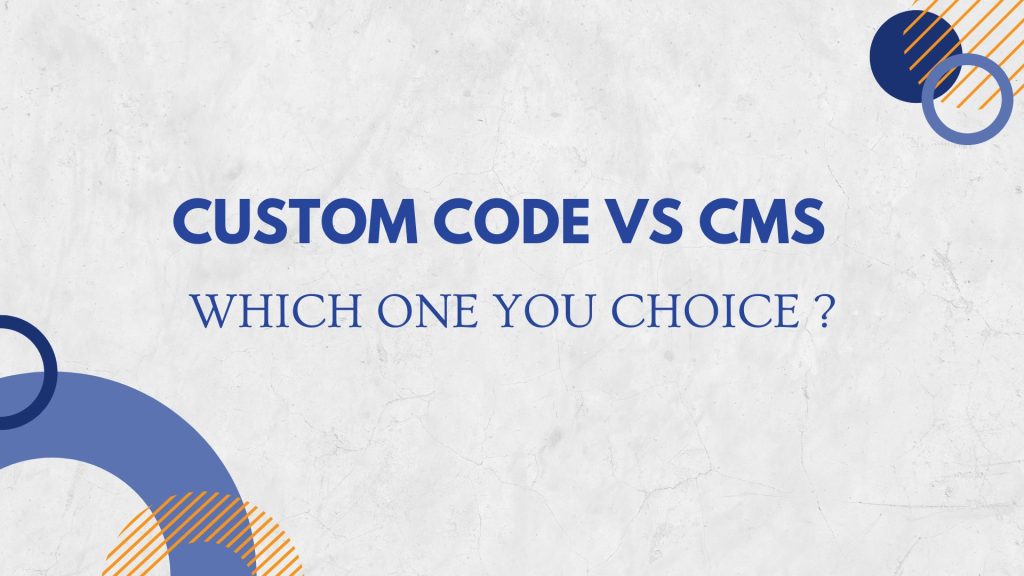Creating a successful business website can be a daunting task, especially if you’re not familiar with website development. However, with a little planning and some basic knowledge, you can create a professional-looking successful website that effectively represents your business and helps you reach your target audience.
Table of content
what is a Successful Business Website?
A successful business website is a digital masterpiece that goes beyond being a mere online presence. It serves as a dynamic hub that not only attracts visitors but also engages and converts them into loyal customers. Such a website boasts a combination of essential elements that collectively create a powerful online presence.
10 Steps to Building a Successful Business Website
A business website is much more than a virtual storefront; it’s a dynamic platform that can significantly impact a company’s success. Building a successful business website requires careful planning, strategic thinking, and a deep understanding of your target audience’s needs. Whether you’re starting from scratch or looking to revamp your existing site, mastering the art of crafting an effective online presence is essential. In this guide, we will walk you through the crucial steps to building a business website that not only captures attention but also converts visitors into loyal customers. From defining your website’s purpose and designing an engaging user experience to optimizing for search engines and leveraging analytics, each step plays a pivotal role in creating a digital space that truly represents your brand and drives tangible results. Join us as we delve into the core strategies and techniques that pave the way for a successful business website in today’s competitive online landscape.
1. Define your goals:
Before you start building your website, it’s important to know what you want to achieve with it. Do you want to generate leads, sell products or services, or simply provide information about your business? Knowing your goals will help you create a successful business website that is tailored to your business needs.
2. Choose a domain name:
Your domain name is the web address that people will use to access your website. It’s important to choose a domain name that is easy to remember, reflects your brand, and is available for registration. You can check the availability of a domain name by using a domain name checker tool.
3. Select a hosting provider:
A hosting provider is a company that stores your website on its servers and makes it available to users on the internet. There are many hosting providers to choose from, and the one you select will depend on your budget, website needs, and the level of support you require. Some popular hosting providers include Bluehost, HostGator, and GoDaddy.
4. Design your website:
Now it’s time to start building your website. You can either design it yourself using a website builder tool or hire a web designer to do it for you. If you’re designing your website yourself, you’ll need to choose a website builder that is easy to use and has the features you need. Some popular website builders include Wix, Weebly, and Squarespace. If you want talk to Subtle IT click here.
5. Add content:
Your website should provide information about your business, products or services, and contact details. It’s important to create high-quality content that is informative, relevant, and engaging. You should also include keywords in your content to make it more search engine friendly.
6. Optimize for search engines:
To improve your website’s visibility in search engine results pages (SERPs), you’ll need to optimize your website for search engines. This process, known as search engine optimization (SEO), involves optimizing your website’s content, technical aspects, and off-page factors to improve its ranking on search engines. Some ways to SEO optimize for a successful business website includes:
-
Using H1 and H2 tags:
These tags help search engines understand the hierarchy of your content and its relevance to a particular topic. H1 tags should be used for main headings, and H2 tags should be used for subheadings.
-
Using alt tags:
Alt tags are used to describe images on your website. They help search engines understand the content of your images and improve the accessibility of your website for users who are visually impaired.
-
Creating a sitemap:
A sitemap is a list of all the pages on your website. It helps search engines discover and index all the pages on your website.
-
Submitting your website to search engines:
To help search engines discover your website, you’ll need to submit it to them. You can do this by using a tool like Google Search Console.
7. Make your website mobile-friendly:
With the increasing use of mobile devices to access the internet, it’s important to make sure your website is mobile-friendly. This means that your website should be easily accessible and easy to navigate on mobile devices. You can use a tool like Google’s Mobile-Friendly Test to check if your website is mobile-friendly.
8. Add call-to-action (CTA)
CTA buttons are buttons on your website that encourage users to take a specific action, such as signing up for a newsletter, purchasing a product, or filling out a form. These buttons should be prominently displayed and easy to locate. You can use different colors, sizes, and shapes to make them stand out and encourage users to click on them.
9. Integrate social media:
Integrating social media with your website can help you reach a wider audience and drive traffic to your website. You can add social media icons to your website to make it easy for users to follow you on social media. You can also use social media to promote your website and its content.
10. Test and optimize:
Once you have your website up and running, it’s important to regularly test and optimize it to ensure that it’s performing well. You can use tools like Google Analytics to track your website’s performance and identify areas for improvement. You can also ask for feedback from users and make changes based on their suggestions.
By following these steps, you can create a professional-looking successful business website that effectively represents your brand and helps you achieve your business goals.



